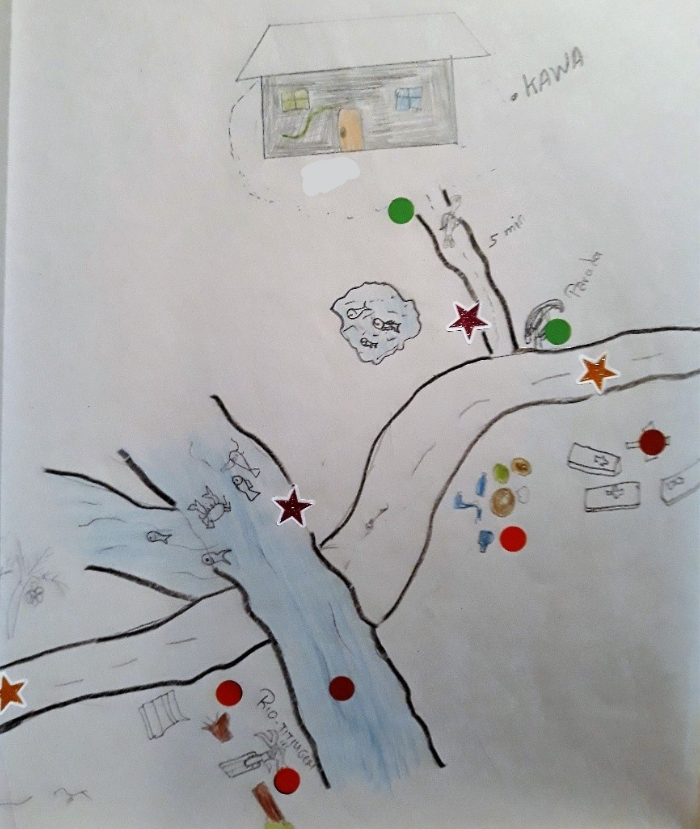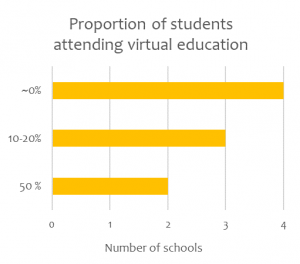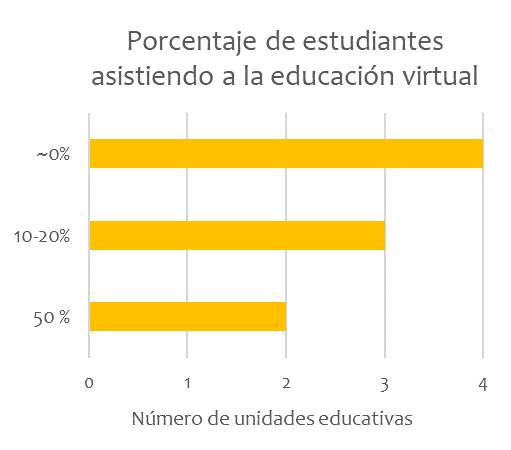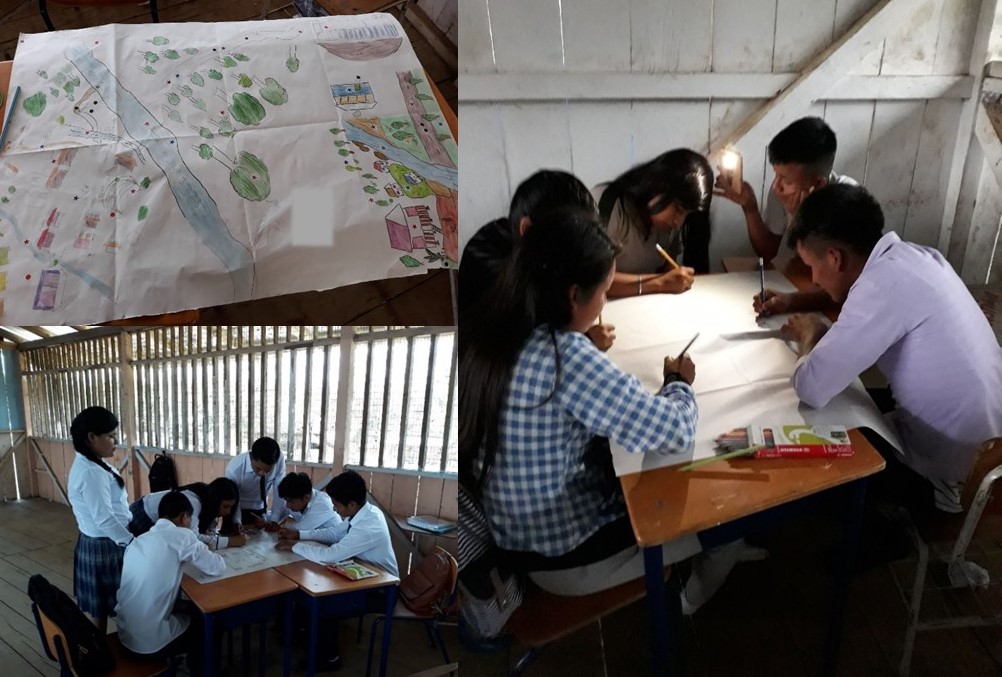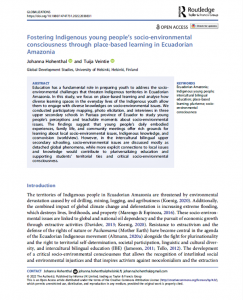 Un nuevo artículo de acceso abierto por Johanna Hohenthal y Tuija Veintie (y el equipo de investigación) se publica en la revista Globalizations.
Un nuevo artículo de acceso abierto por Johanna Hohenthal y Tuija Veintie (y el equipo de investigación) se publica en la revista Globalizations.
Resumen en español: La educación juega un rol fundamental en la preparación de los jóvenes para abordar a los problemas socio-ambientales que amenazan los territorios indígenas en la Amazonia ecuatoriana. En este estudio, nos enfocamos en el aprendizaje basado en el lugar (place-based learning) y analizamos cómo los diversos espacios de aprendizaje en la vida cotidiana de los jóvenes indígenas les permiten la involucración con diversos conocimientos sobre temas socioambientales. Realizamos un mapeo participativo, fotografía y entrevistas con estudiantes de bachillerato en tres unidades educativas interculturales bilingües de la provincia de Pastaza, en Ecuador, para estudiar las percepciones de los y las jóvenes y los “momentos pedagógicos” (teachable moments) para aprender sobre problemas socioambientales. Según los resultados, las experiencias cotidianas de los y las jóvenes, la vida familiar y las reuniones comunitarias ofrecen un valioso espacio para el aprendizaje de los problemas socioambientales locales, el conocimiento indígena y la cosmovisión. Sin embargo, en la enseñanza en el nivel de bachillerato, los temas socioambientales se discuten principalmente como fenómenos globales aislados, mientras que unas conexiones más explícitas con temas ambientales y conocimientos locales contribuirían a pluriversalizar la educación y a apoyar los vínculos territoriales y la conciencia socioambiental crítica de los estudiantes.
Artículo completo publicado en inglés: Hohenthal, J. & Veintie, T. (2022) Fostering Indigenous young people’s socio-environmental consciousness through place-based learning in Ecuadorian Amazonia. Globalizations. https://doi.org/10.1080/14747731.2022.2038831
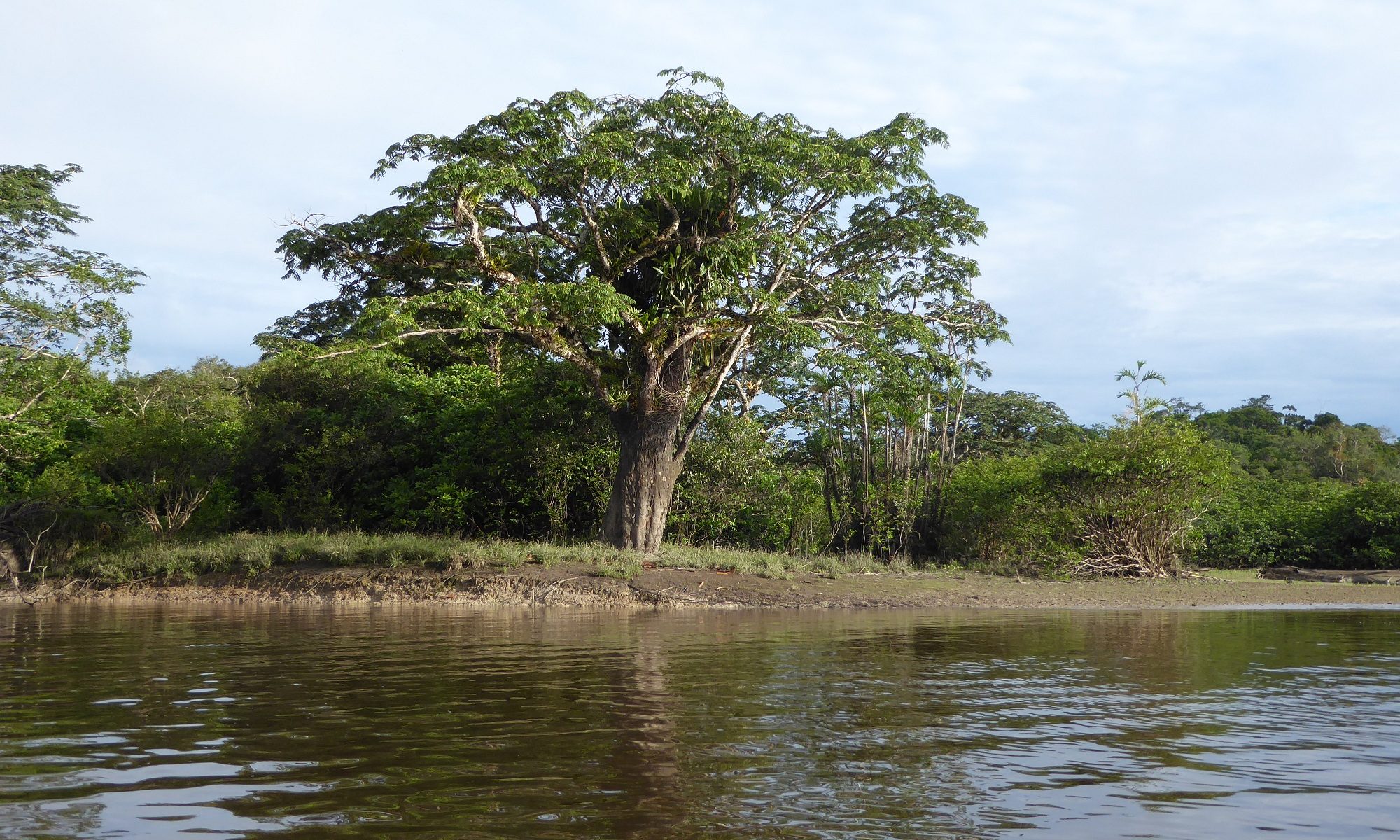
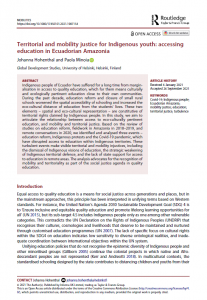 A new research
A new research 
